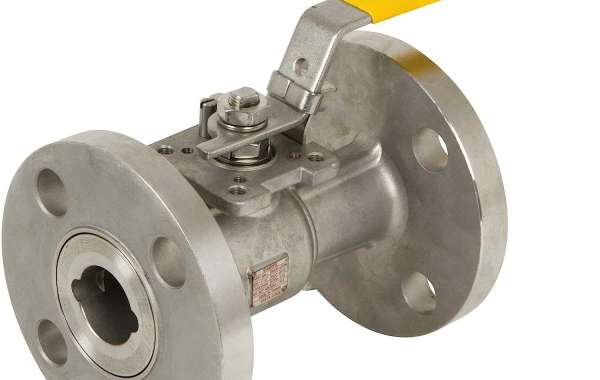Couplings are mechanical devices designed to connect two rotating shafts in order to transmit power and torque from one shaft to another. They play a critical role in a wide range of industrial applications, where the efficient transfer of rotational energy is essential for the proper functioning of machines and equipment. Couplings come in various designs and types, each tailored to meet specific application requirements, ensuring smooth power transmission and minimizing losses due to misalignment or vibrations.
The primary purpose of couplings is to bridge the gap between two shafts that are not in direct contact with each other, enabling them to rotate together while compensating for any axial, radial, or angular misalignments that may occur during operation. By maintaining shaft alignment, couplings help prevent excessive wear and tear on the shafts and the connected components, thus extending the life of the machinery and reducing maintenance costs.
There are several types of couplings commonly used in industrial applications, each with its own unique features and advantages:
Rigid Couplings: Rigid couplings are straightforward in design and provide a solid connection between two shafts without any flexibility. They are ideal for applications where precise alignment is critical, such as in high-speed rotating machinery or precision equipment like pumps and compressors.
Flexible Couplings: Flexible couplings are designed to accommodate minor misalignments between shafts and dampen vibrations. They help to reduce stress on the shafts and bearings, which is particularly important in applications involving heavy loads or machinery subjected to variable operating conditions.
Gear Couplings: Gear couplings are known for their high torque-carrying capacity and ability to accommodate misalignment. They consist of external gear teeth that mesh with corresponding teeth on the opposite coupling, providing a robust and reliable power transmission solution.
Jaw Couplings: Jaw couplings feature elastomeric elements (spider inserts) between two hubs, offering flexibility to absorb shocks and vibrations while still maintaining a good level of torque transmission. They are commonly used in various industrial settings, including pumps, conveyors, and motion control systems.
Disc Couplings: Disc couplings utilize thin metallic discs to transmit torque and accommodate misalignment. They offer high torsional stiffness and are often used in precision applications, such as robotics and CNC machinery.
Fluid Couplings: Fluid couplings use hydraulic fluid to transmit torque and dampen vibrations. They offer smooth acceleration and are commonly used in applications involving large inertia or torque variations, such as in conveyor systems and mining equipment.
The selection of the appropriate coupling for a specific application depends on various factors, including the amount of torque to be transmitted, the required misalignment compensation, operating speed, and environmental conditions. Additionally, the coupling's material and size must be carefully considered to ensure optimal performance and reliability.
In conclusion, couplings are indispensable components in the field of mechanical engineering and play a critical role in connecting and transmitting power between rotating shafts in various industrial applications. Their ability to compensate for misalignments, dampen vibrations, and transmit torque efficiently makes them essential for ensuring smooth operation and longevity of machinery and equipment. Engineers and designers must carefully evaluate the specific requirements of each application to select the most suitable coupling type, ultimately contributing to the overall efficiency and reliability of industrial processes.








